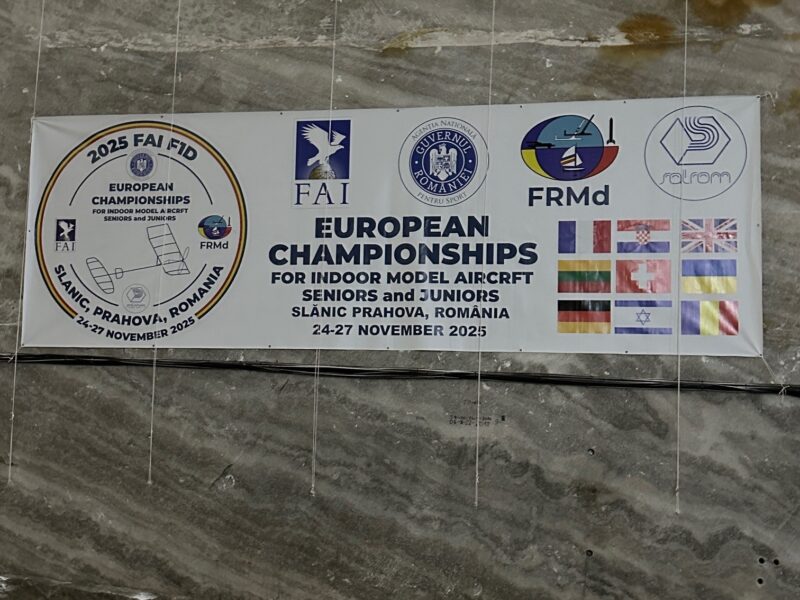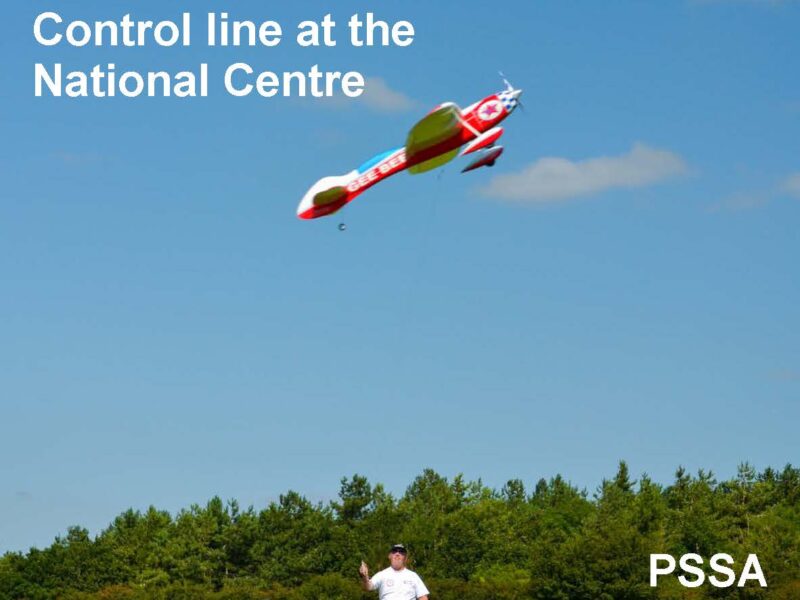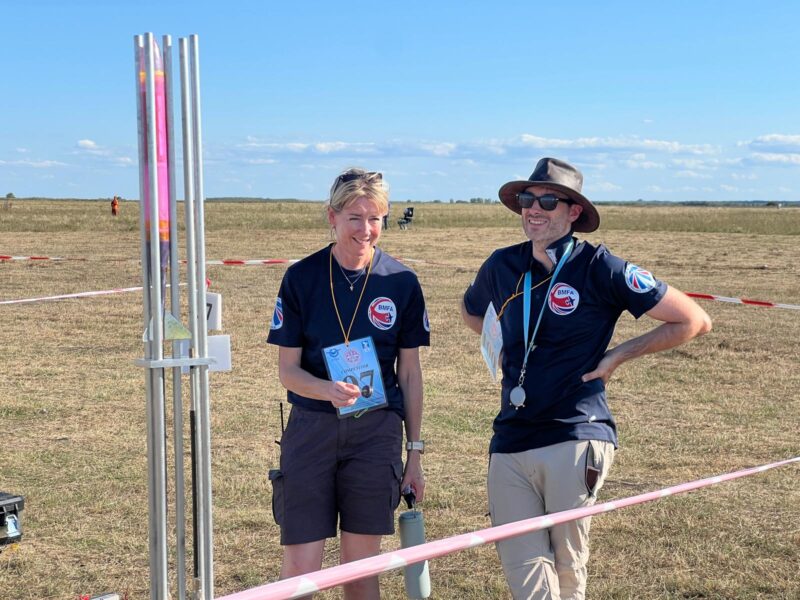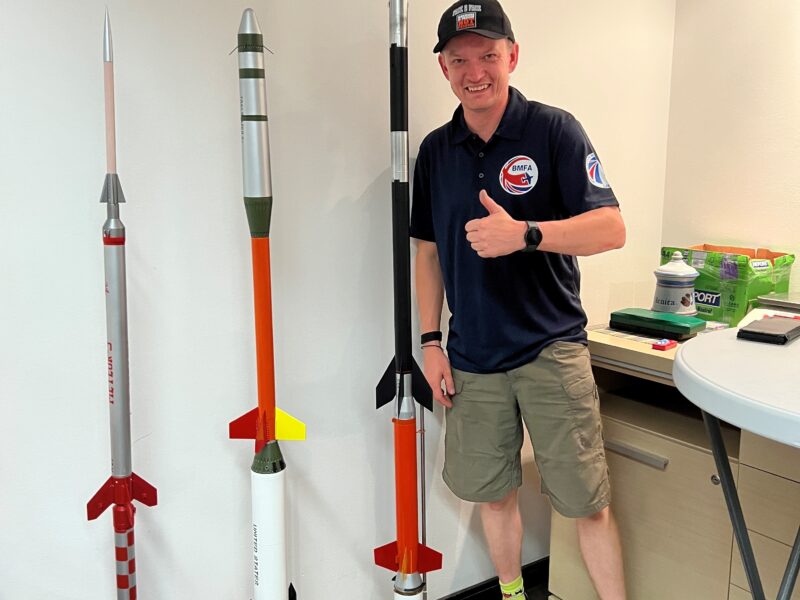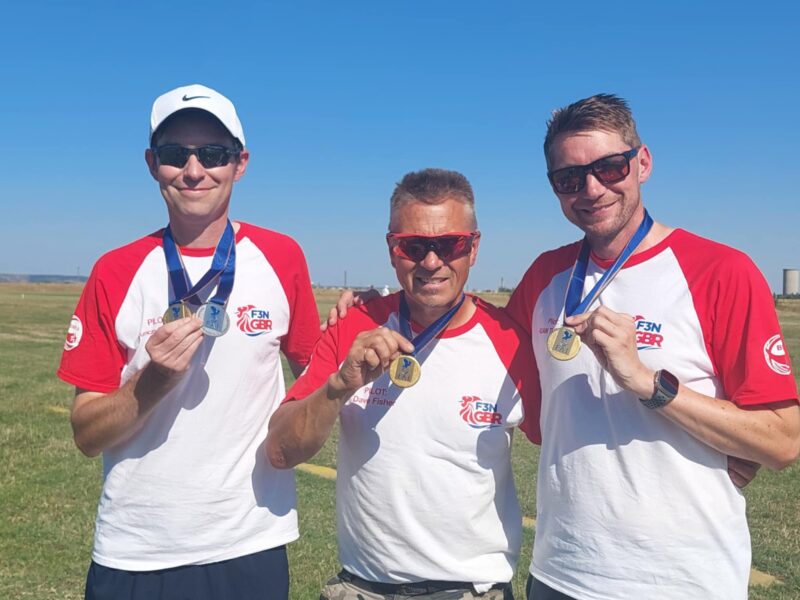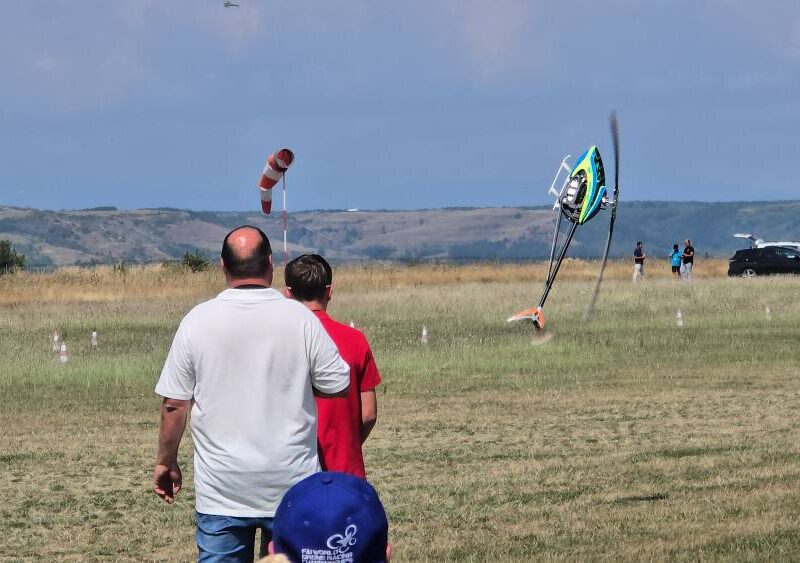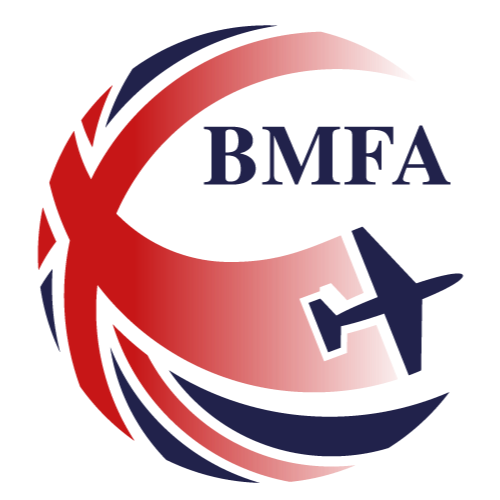The CAA have now published their Consultation Reply Document to the Review of UK Unmanned Aircraft Systems, almost a year and a half after the consultation closed (see https://bmfa.club/caa-review-of-uk-unmanned-aircraft-systems-uas-regulations). 77% of the 3295 responses they received were from model flyers, so thank you to all those members who responded. You can read the Reply Document in full here: https://www.caa.co.uk/publication/download/25025
The consultation sought views on a range of matters, including changes to the current regulations and the implementation of Remote ID. The Reply Document provides a summary of the CAA’s recommendations for future policy/regulatory direction.
It is proposed to amend and clarify the current separation distances from uninvolved people in the Open Category. It is also proposed to amend the weight threshold for exclusions from Flyer ID and Operator ID requirements in the Open Category from 250g to just 100g, with a requirement for Remote ID and Geo-awareness to be fitted to most multi rotor camera drones from January 2026. Legacy camera drones will require installation of Remote ID from January 2028, as will model aircraft not operated under an Article 16 Authorisation.
In terms of the recommendations specifically for model flying arising from the consultation, the CAA have stated (Section 6.14 – 6.16) that they are not proposing any significant changes to the current regulatory framework for model flyers and will exempt most model aircraft from the requirements for Remote ID subject to the following three provisos (Section 5.11):
The remote pilot has an active membership of an Article 16 authorised model aircraft flying club and is operating within the rules set out in that regulation.
The UAS meets defined criteria for a low-risk model aircraft – i.e. excluding commercial UAS or hight sophisticated Model Aircraft platforms; and
The flight takes place within the bounds of a model aircraft flying site declared by a model club in their Article 16 Authorisation.
As clubs operate within the framework of the BMFA’s Article 16 Authorisation rather than their own individual Authorisation, we would hope that the BMFA could fulfil the requirement to ‘declare’ the locations of model flying sites on behalf of clubs.
In terms of what constitutes a ‘low risk model aircraft’, at this time we have no detail of the CAA’s thoughts beyond those stated in the document.
In summary, the CAA proposals should have minimal impact on our Clubs, other than a requirement for the location of the site to be declared. We will explore ways to mitigate the impact on those operating from sites which are not ‘official’ club sites.
As always, the devil will be in the detail, and I am sure that there will be some ‘interesting’ discussions ahead. Be assured that the BMFA will continue to push for the simplest possible regulations which are proportionate to our activity and avoid ‘gold plating’. We will keep members updated.

